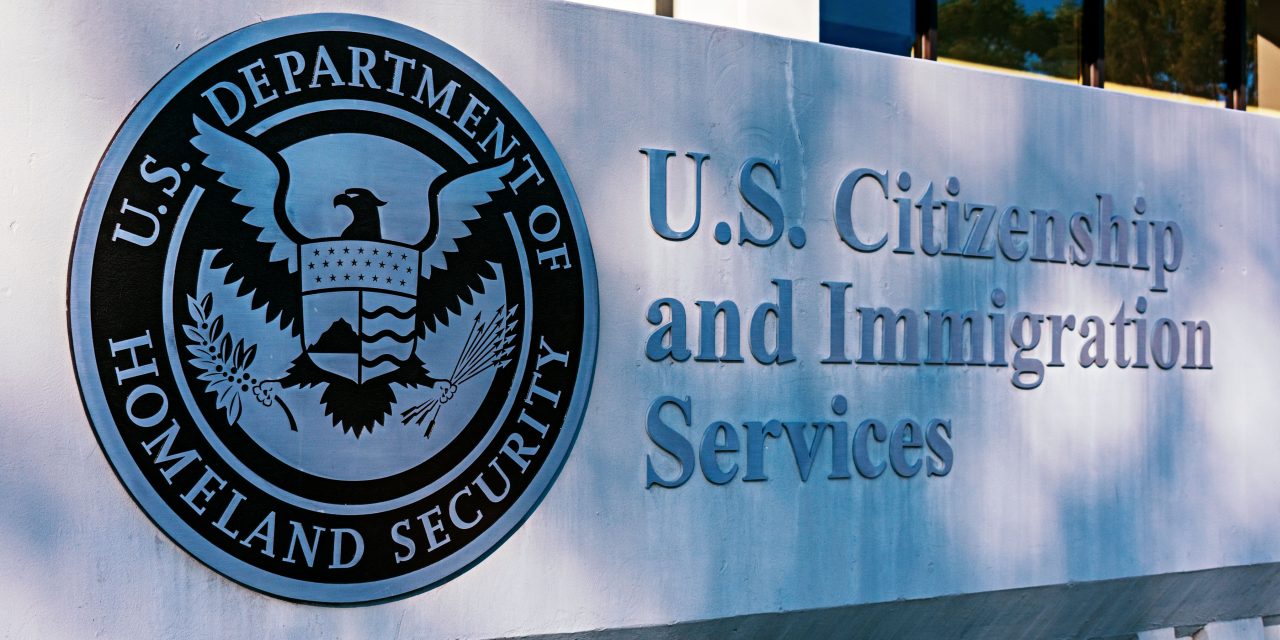U.S. Citizenship and Immigration Services (USCIS) has imposed new requirements on its officers for exercising discretion that will substantially increase time and expense for the agency and applicants. Applications for work authorization will be particularly impacted.
On July 15, USCIS issued updates to its Policy Manual. This manual contains the agency’s official policies and “assists immigration officers in rendering decisions.”
USCIS claimed it was “consolidating” prior guidance about how officers apply discretion when they decide petitions or applications. Instead, the agency has created a chart of applications and petitions it considers to be subject to its discretionary analysis and imposed new decision-making procedures.
Under this new guidance, when making a decision on a petition or application, an officer must perform a separate analysis weighing “all positive factors” in a case against “any negative factors” in the applicant’s entire record. The Policy Manual has a non-exhaustive list of more than 20 possible factors an officer can consider.
Previously, officers would assess eligibility—and if ineligible, deny solely on that basis. If a person established eligibility but a discretionary analysis also was required, the officer would exercise discretion favorably in the absence of negative information.
But gathering documentation to highlight positive factors and minimize negative ones is an enormous burden for applicants. Those who are most at risk—like asylum applicants or victims of domestic violence—may be unable to get such documents. This leaves them incapable of getting work authorization and supporting themselves and their families while they wait for a decision on their application.
Work authorization for a person applying to become a lawful permanent resident (LPR) is one example of the unnecessary burden and delay that this policy imposes. In the Baltimore-Washington, D.C. corridor, USCIS’ posted processing time for LPR applications is 11 to 36 months.
Under past agency practice, USCIS would decide the work authorization application based on a relatively manageable amount of documentation, such as photo identification.
But the factors listed in the Policy Manual include the “likelihood [LPR] status will ensue soon,” employment history, and “history of taxes paid.” What purpose—other than delay—is served by having an applicant submit documentation that will be reviewed in making the final decision on the LPR application? The time it takes for the officer to analyze the documentation also adds to the delay.
The delay and expense to the agency is compounded by the Policy Manual’s directive that the officer prepare a written analysis of the evidence—for a benefit requested while the LPR application is pending. USCIS has imposed these new burdensome requirements at the same time it has asked Congress for money to continue operations and has sent furlough notices to 13,000 workers.
The Policy Manual changes also exceed USCIS’ authority for deciding various categories of petitions and applications. For example, the Immigration and Nationality Act provides that the agency “shall” approve employment-based immigrant petitions after finding that the facts presented are true. This is not a discretionary action.
The Policy Manual changes are one more example of USCIS restricting access to our legal immigration system in ways that are unlawful. By shifting the agency adjudication process to make immigration status and work authorization harder to attain, the United States is sending a clear signal that we are no longer a welcoming country.
FILED UNDER: USCIS


